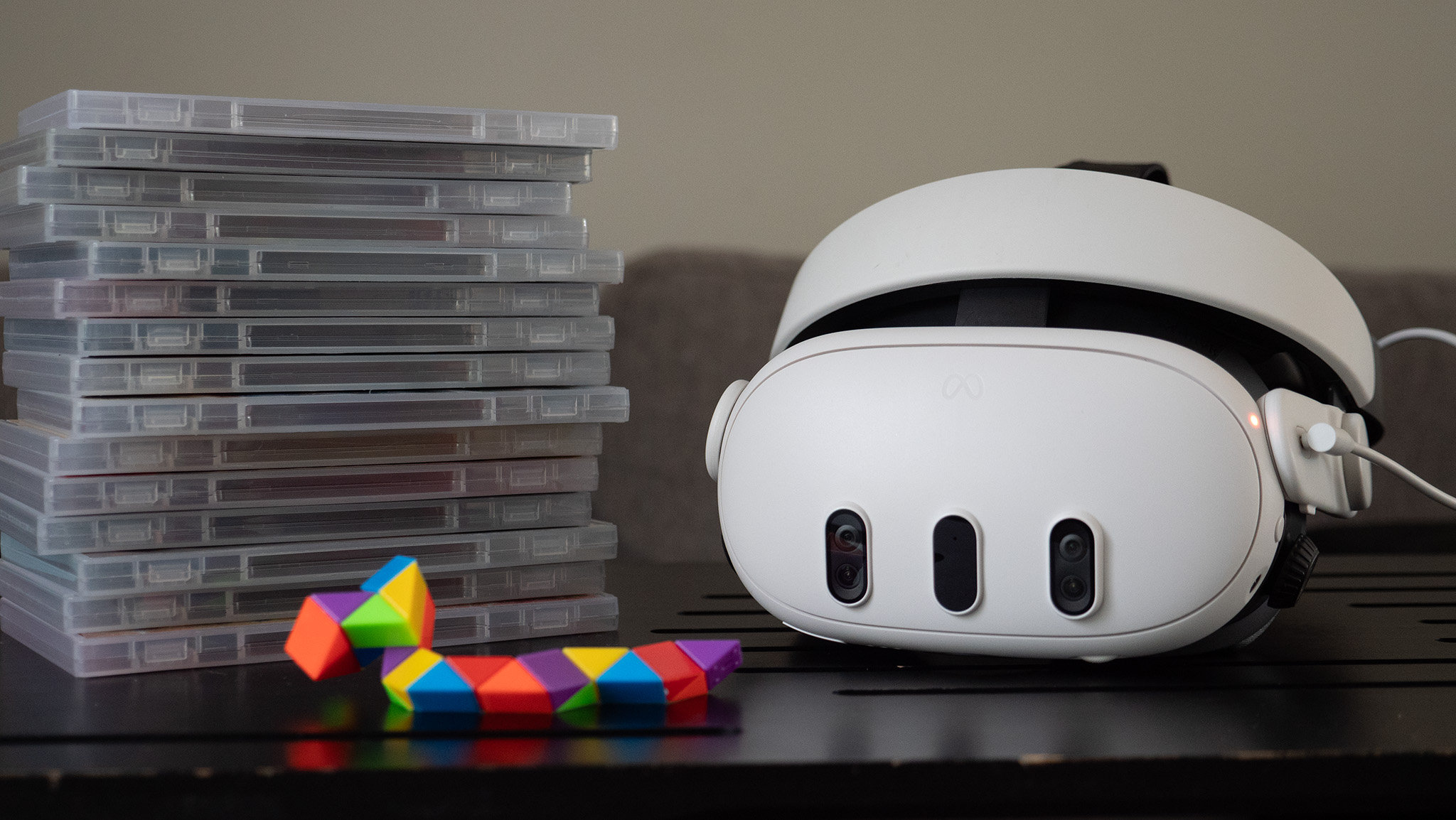Xiaomi Mi Mix 2 vs. OnePlus 5: How much do you care about bezels?
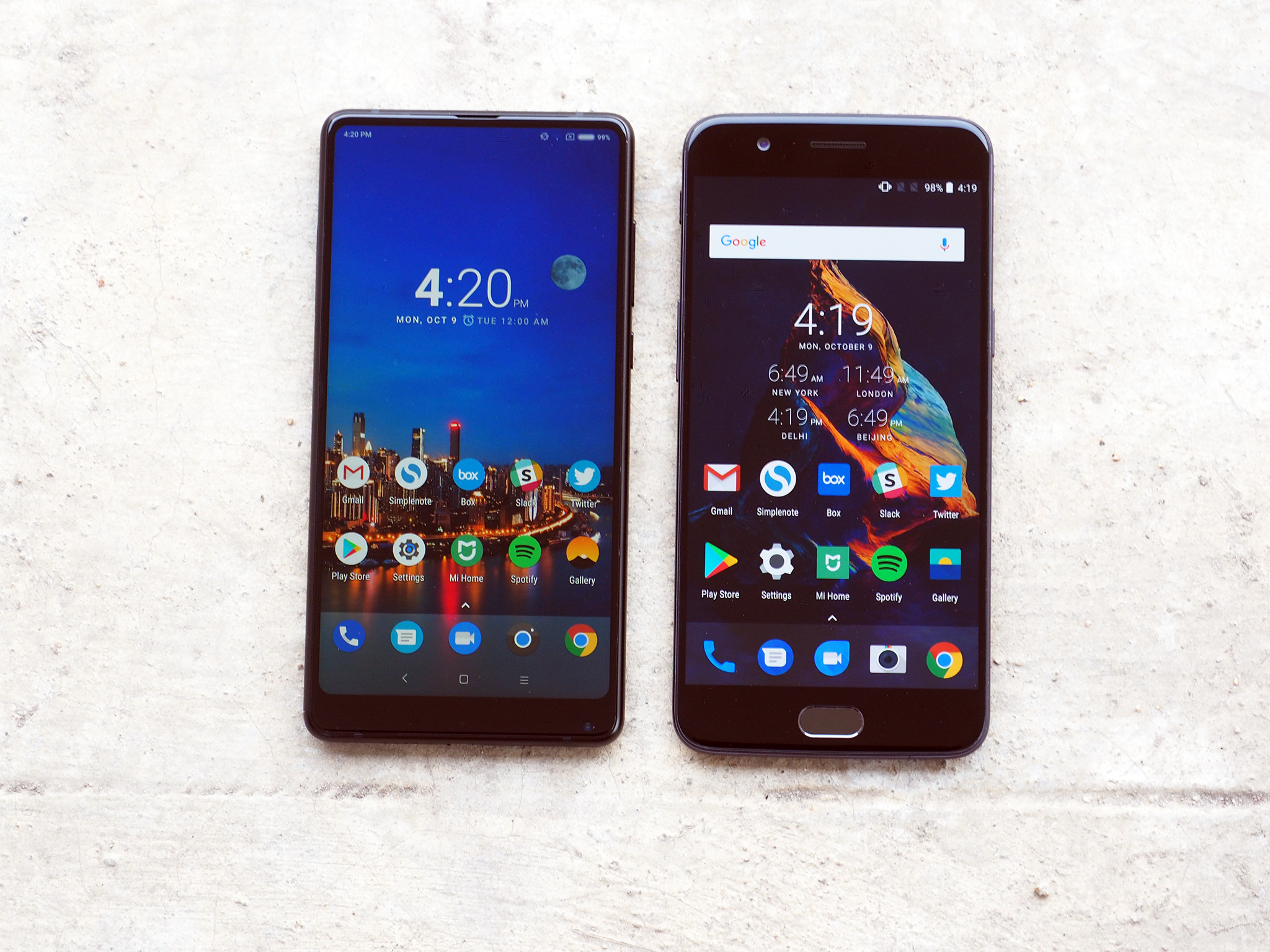
Four months after its debut, the OnePlus 5 remains one of the best affordable flagships. With the OnePlus 5, you're getting a phone with high-end specs, a clean software experience, and dual cameras. The design itself is reminiscent of the iPhone 7 Plus from the back, and features large bezels up front.
If you're looking for something that's more differentiated, then the Mi Mix 2 should be right up your alley. The Mi Mix 2 shares a lot of the design principles of its predecessor, which includes a striking design with narrow bezels on three sides of the phone coupled with high-end internals.
What's the same
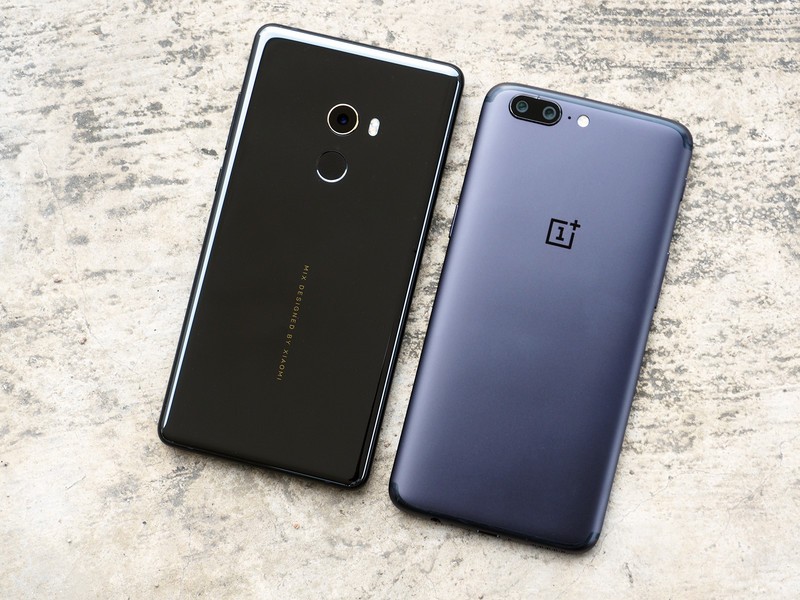
The common theme between the Mi Mix 2 and the OnePlus 5 is affordability. Both Xiaomi and OnePlus have built their businesses around devices that offer excellent value for money, and that holds true for the OnePlus 5 and the Mi Mi 2.
Both phones are powered by the Snapdragon 835, and offer 6GB of RAM with the base variants. You also get 64GB storage (128GB in India), global LTE connectivity, Wi-Fi ac, NFC, and batteries that last all day. Both devices are also running Android 7.1.1 Nougat.
| Category | OnePlus 5 | Xiaomi Mi Mix 2 |
|---|---|---|
| Operating System | OxygenOS 4.5.8, Android 7.1.1 Nougat | MIUI 9, Android 7.1.1 Nougat |
| Display | 5.5-inch 1920x1080 AMOLED panelGorilla Glass 5401ppi pixel density | 5.9-inch 18:9 IPS LCD 2160 x 1080403ppi pixel density |
| Chipset | Octa-core Qualcomm Snapdragon 835Four Kryo 280 cores at 2.45GHzFour Kryo 280 cores at 1.90GHz10nm | Octa-core Qualcomm Snapdragon 835Four Kryo 280 cores at 2.45GHzFour Kryo 280 cores at 1.90GHz10nm |
| GPU | Adreno 540 | Adreno 540 |
| RAM | 6/8GB LPDDR4X | 6GB LPDDR4X (8GB LPDDR4X special edition) |
| Storage | 64/128GB UFS 2.1 | 64GB/128GB/256GB UFS 2.1 (128GB special edition) |
| Expandable | No | No |
| Battery | 3300mAh | 3400mAh |
| Charging | USB-CDash Charge | USB-CQuick Charge 3.0 (9V/2A) |
| Water resistance | No | No |
| Rear Camera | 16MP (IMX398), f/1.7, 1.12-micron pixels, EIS20MP (IMX350), f/2.6, 1-micron pixelsDual LED flash, 4K 30 fps | 12MP (Sony IMX 386) f/2.0, 1.25-micron pixels4-axis OIS, two-tone flash, PDAF, 4K@30fps |
| Front Camera | 16MP | 5MP |
| Connectivity | LTE 3xCA, 256QAM, Cat 12Wi-Fi 802.11 ac, dual band, 2x2 MIMOBluetooth 5.0, aptX HDGPS, GLONASS, BeiDou, NFCUSB 2.0, USB OTG | Wi-Fi 802.11 ac MU MIMO, 2x2 MIMO LTE with VoLTE, Bluetooth 5.0GPS/AGPS/GLONASS/BeiDou |
| Security | One-touch fingerprint sensor (front) | One-touch fingerprint sensor (back) |
| SIM | Dual Nano SIM | Dual Nano SIM |
| Network | FDD-LTE: Band 1/2/3/4/5/7/8/12/17/18/19/20/25/26/28/29/30/66TDD-LTE: Band 38/39/40/41HSPA: Band 1/2/4/5/8TD-SCDMA: Band 34/39GSM 850/900/1800/1900 MHzCDMA: BC0 | FDD-LTE: Band 1/2/3/4/5/7/8/12/13/17/18/19/20/25/26/27/28/29/30TDD-LTE: Band 34/38/39/40/41TD-SCDMA: Band 34/39WCDMA: Band 1/2/3/4/5/6/8/9/19CDMA EVDO: BC0, BC1, BC6, BC10GSM: Band 2/3/5/8 |
| Dimensions | 154.2 x 74.1 x 7.25 mm | 151.8 x 75.5 x 7.7mm |
| Weight | 153g | 185g |
| Colors | Slate Grey, Midnight Black | Black |
As you'd imagine from phones powered by the latest hardware, both the Mi Mix 2 and OnePlus 5 breeze through everyday tasks without breaking a sweat. There wasn't a point where I noticed any slowdowns on either phone, and with 6GB of RAM as standard, both devices are future-proof in this regard.
That's where the similarities end. Although both phones have near-identical innards, the overall experience is vastly different.
Where the Mi Mix 2 wins
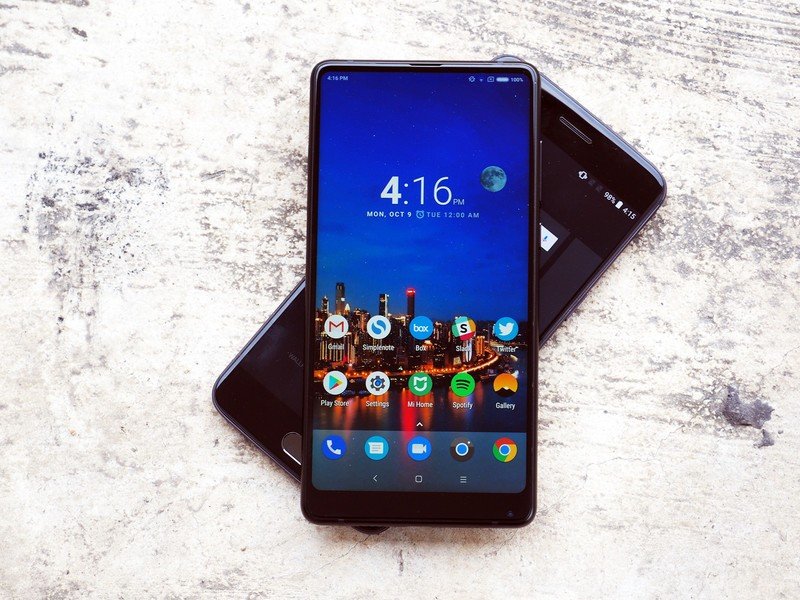
The standout feature on the Mi Mix 2 is the display. Xiaomi moved the front camera to the bottom bar, and the result is that three sides of the phone feature razor-thin bezels. Even though bezel-less designs are commonplace, Xiaomi's implementation is striking to behold.
Be an expert in 5 minutes
Get the latest news from Android Central, your trusted companion in the world of Android
Meanwhile, OnePlus hasn't altered the design too much from last year's OnePlus 3 and 3T, and as such the OnePlus 5 feels outdated when seen next to the Mi Mix 2.
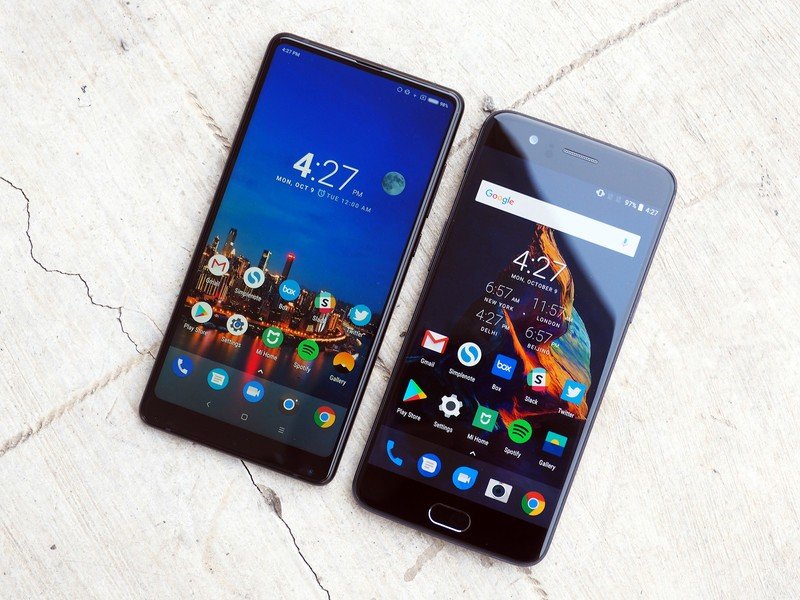
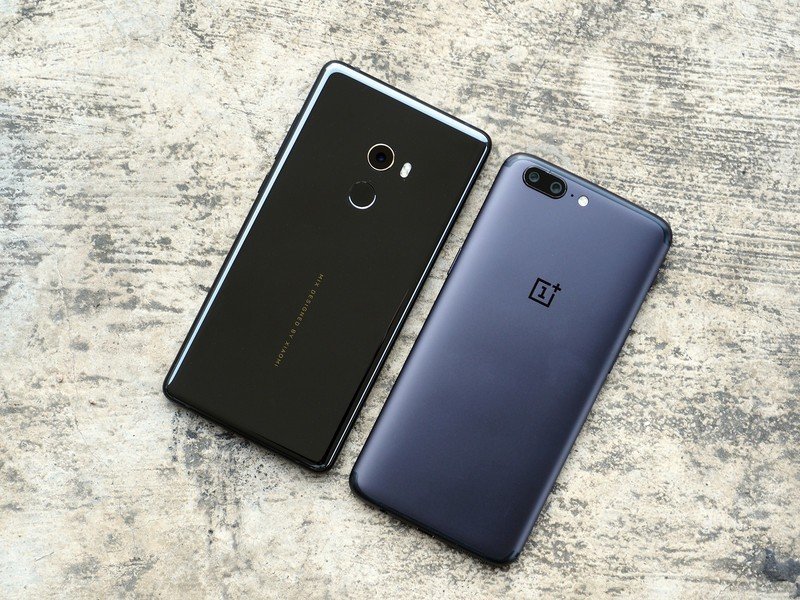
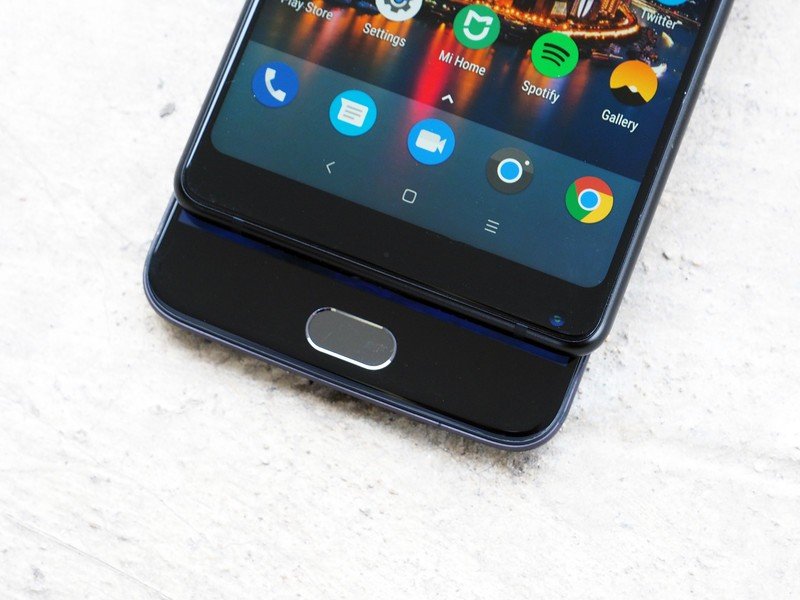
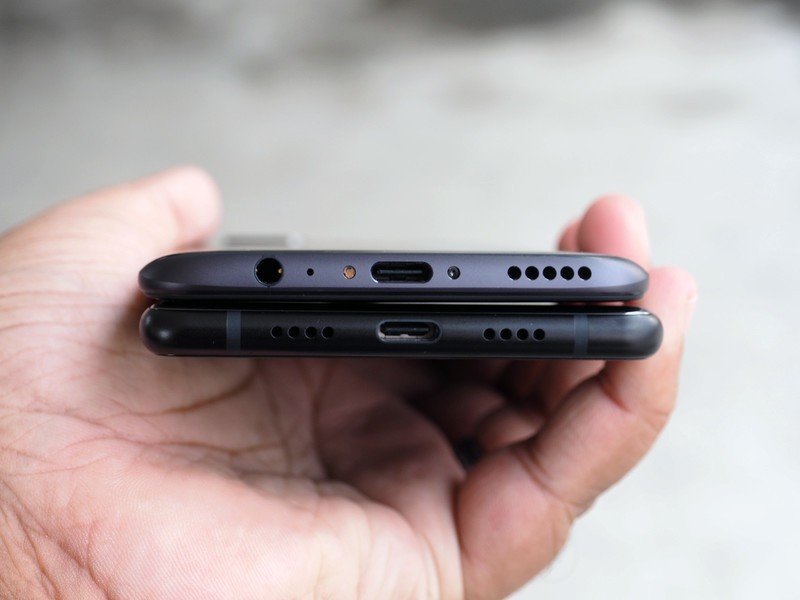
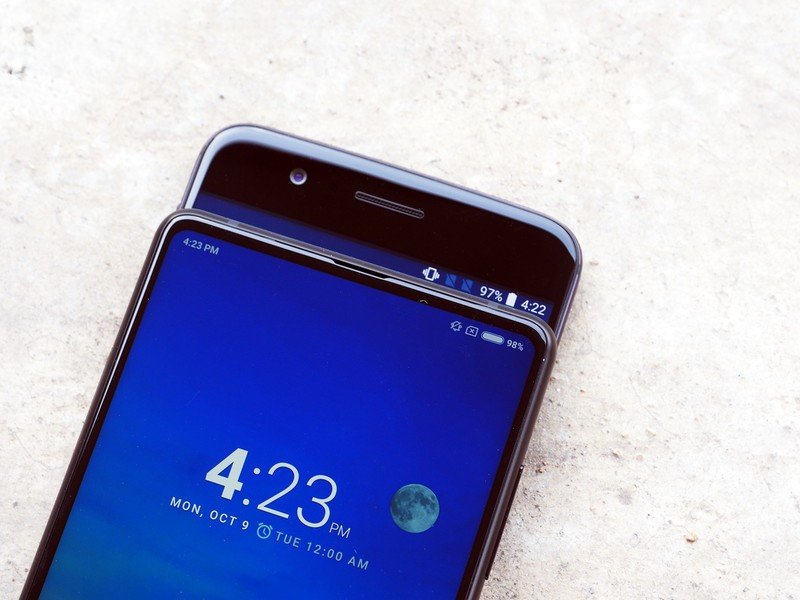
The Mi Mix 2 has a ceramic back with an aluminum frame, and the back itself is highly reflective. It looks great, but the glossy finish means it constantly attracts fingerprints. The gold accent around the camera give it a certain design flair, and the position of the fingerprint sensor is ideal. It's located just underneath the camera sensor, and the minor indent lets you find it easily with your finger.
The front of the Mi Mix 2 is where the magic happens. The 5.99-inch display isn't an OLED panel like the OnePlus 5, but it is one of the best LCDs available today. Colors are vivid, overall brightness levels are excellent, and it's a delight to read text on the display. That said, videos aren't nearly as enjoyable as you'll still see letterboxing in YouTube and Netflix. With 18:9 becoming more and more common, this particular issue should be fixed shortly.
If you want a device that'll turn heads, get the Mi Mix 2.
With the first-generation Mi Mix, Xiaomi just used the camera sensor from another device (the Mi Max) and slotted it into the device. The company is doing the same this time around, but it's using the 12MP imaging sensor from the primary camera of the Mi 6, or the Sony IMX 386. There's also 4-axis OIS, which we saw for the first time in last year's Mi 5. The Mi Mix 2 doesn't have dual cameras like the OnePlus 5, so you'll miss out on features like Portrait Mode, but when it comes to the primary sensor, the phone outshines OnePlus' offering.
Photos taken with the Mi Mix 2 have more dynamic range, and the colors are true-to-life. The OnePlus 5 still isn't quite there yet when it comes to software processing, with a few outdoor shots over-processed.
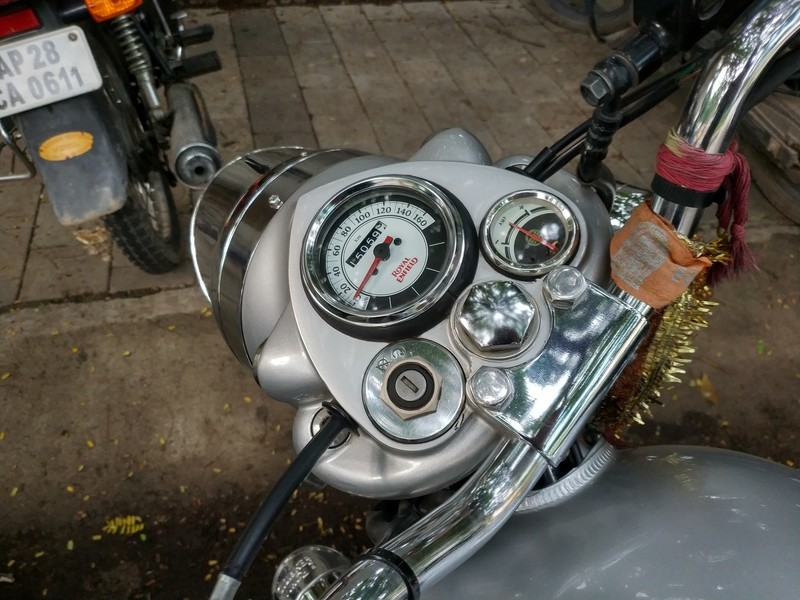
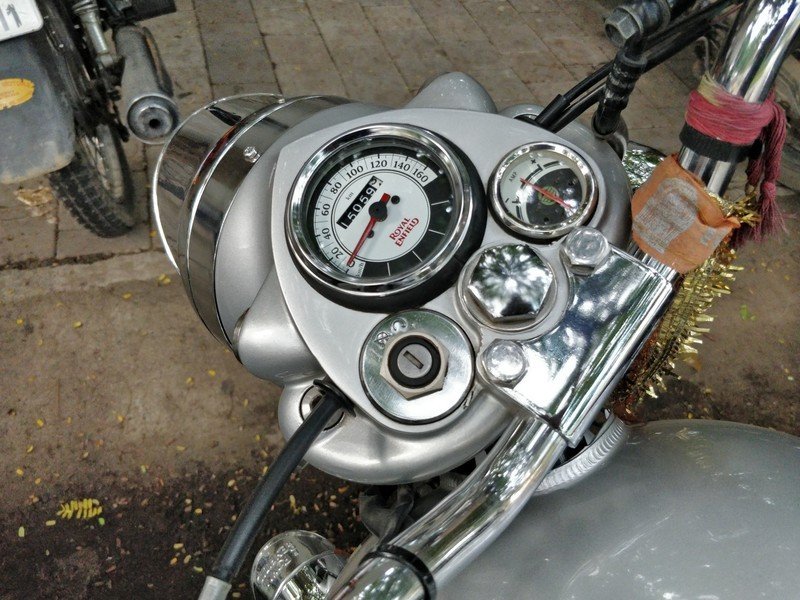
Mi Mix 2 on the left, OnePlus 5 on the right.




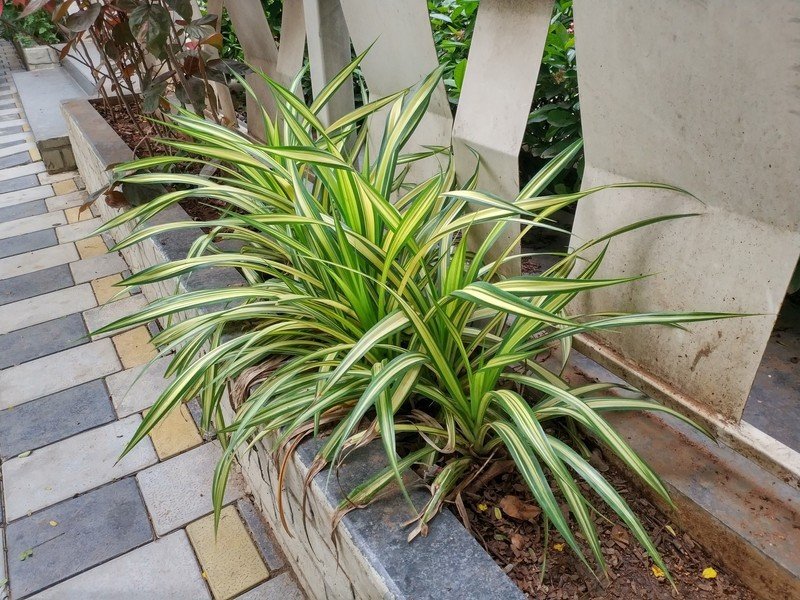
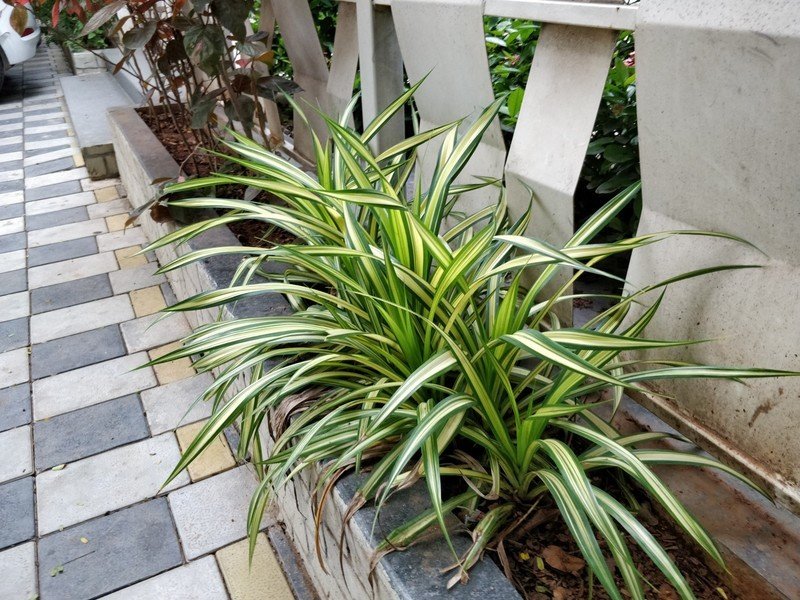






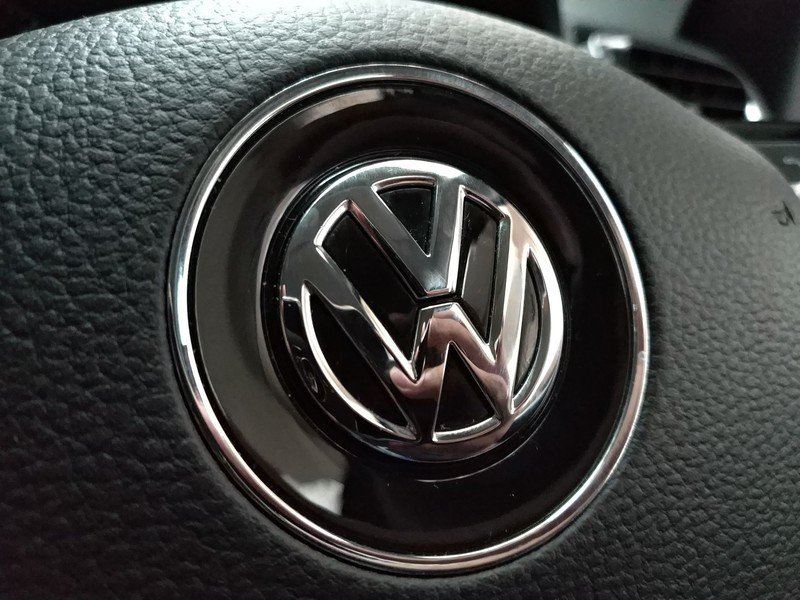
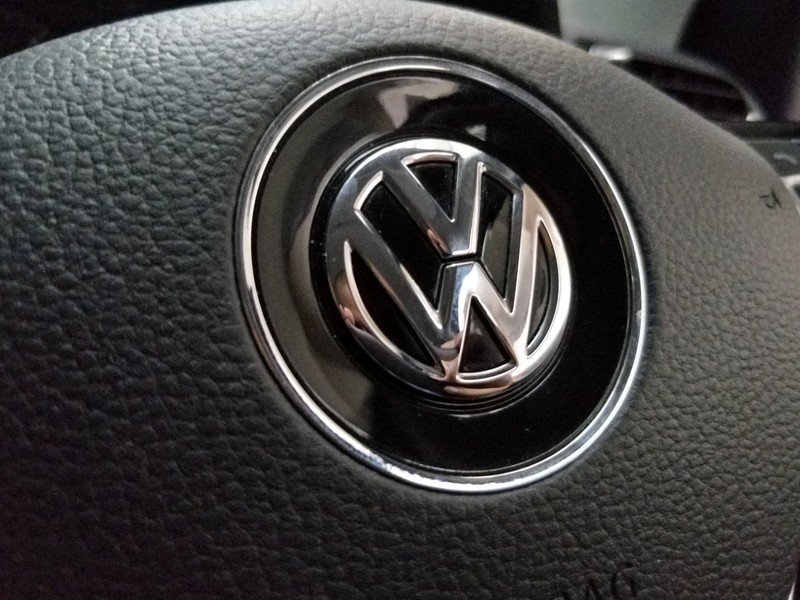
The Mi Mix 2 also wins out when it comes to battery life. A slightly larger 3400mAh battery combined with MIUI's very aggressive memory management allows the phone to last a day without breaking a sweat, delivering a screen-on-time of four to five hours on average. And when you do need to top up the phone, you can use Quick Charge 3.0.
Where the OnePlus 5 wins
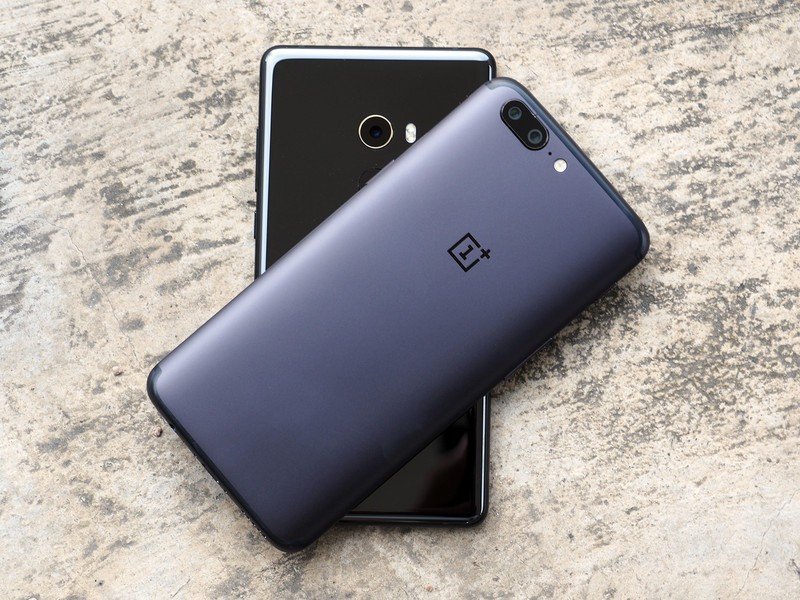
The OnePlus 5 is one of the fastest phones you can currently buy. OnePlus' focus on an uncluttered software experience with OxygenOS combined with the high-end internals lead to a device that's delightful to use on a daily basis. The only other phone that I've used that was as fluid was the Pixel XL, and even after four months the OnePlus 5 isn't seeing any slowdowns.
The OnePlus 5 also gets the basics right: the phone comes with a standard headphone jack, so you don't have to use a dongle to listen to music when using a wired headset. Xiaomi is moving away from the headphone jack in its flagships, so if you care about wired audio, then there's really only one choice.
The OnePlus 5 has all the essentials, including a 3.5mm jack.
The Mi Mix 2's main drawback on the design front is the position of the front camera. The position of the camera at the bottom poses a unique problem when you're trying to take a selfie, and you'll get a prompt to invert the phone when using the Mi Camera app. However, you don't have the option to do so when you're using Instagram, Duo, or WhatsApp, so you'll get photos from an awkward angle. For its part, Xiaomi says it's working on an update to enable auto-rotation in third-party apps.
Then there's the software situation. Xiaomi rolled out a slew of under-the-hood fixes with MIUI 9, with the goal of making the operating system much more nimble. While that made a noticeable difference in day-to-day usage, the user interface itself is in need of an overhaul, and looks dated when seen next to OxygenOS 4.5.8.
Which should you buy? Your call
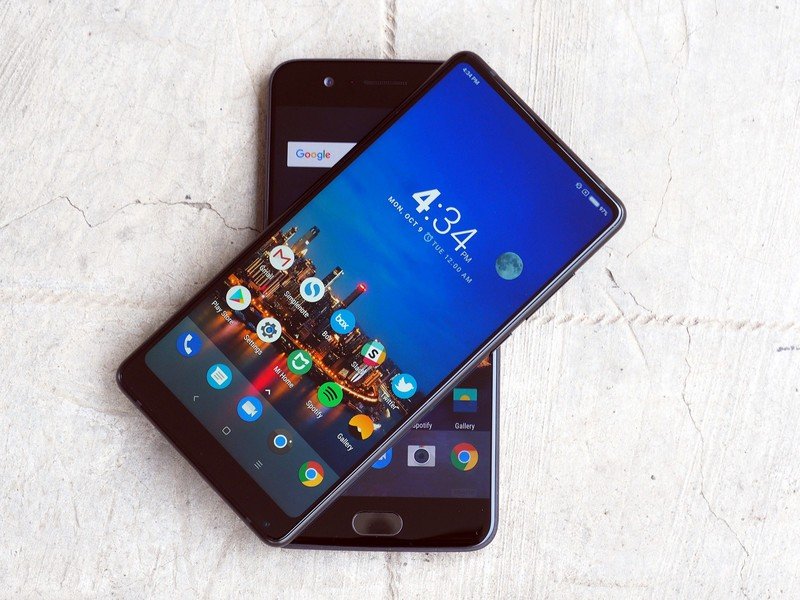
The Mi Mix 2 has a lot going for it: the phone has an evocative design with a durable ceramic back, great camera, and outstanding battery life. The OnePlus 5, meanwhile, offers a much better software experience, and you won't have to use a dongle to connect your wired headphones.
In countries where Xiaomi will officially launch the Mi Mix 2 (primarily Asian markets), the device will go head-to-head with the OnePlus 5 when it comes to pricing. For instance, Xiaomi introduced the device earlier this week in India for ₹35,999 ($550), putting it squarely in the territory of the OnePlus 5, where the Midnight Black variant with 8GB of RAM and 128GB storage retails for ₹37,999 ($585). Xiaomi is launching a single variant in India, offering 6GB of RAM and 128GB storage.
With not a whole lot to separate both phones in terms of pricing, it all comes down to what your priorities are. If you want a device that offers a clutter-free software experience, fast updates, and a 3.5mm jack, then the OnePlus 5 is the phone to get. If you're instead looking for a device with a futuristic design, better camera, and all-day battery life, the Mi Mix 2 is a better choice.
Xiaomi will kick off sales in India from October 17, and will make the Mi Mix 2 available in other markets in the coming months. If you're looking to pick up the device from the U.S. or UK, you'll need to go through a reseller.

Harish Jonnalagadda is Android Central's Senior Editor overseeing mobile coverage. In his current role, he leads the site's coverage of Chinese phone brands, networking products, and AV gear. He has been testing phones for over a decade, and has extensive experience in mobile hardware and the global semiconductor industry. Contact him on Twitter at @chunkynerd.
